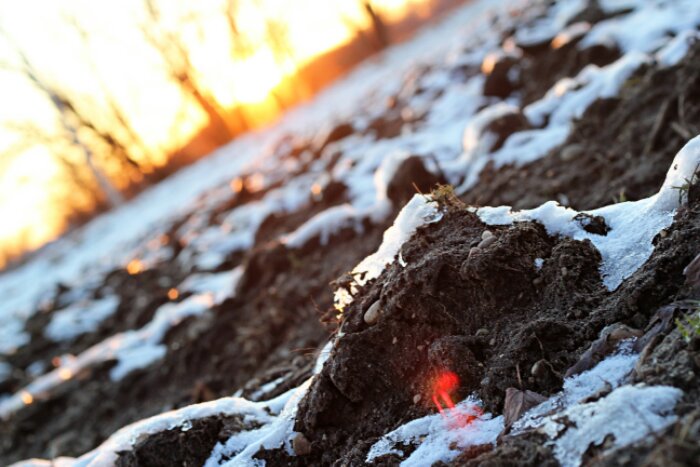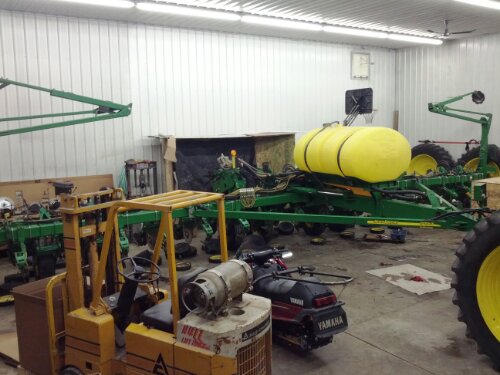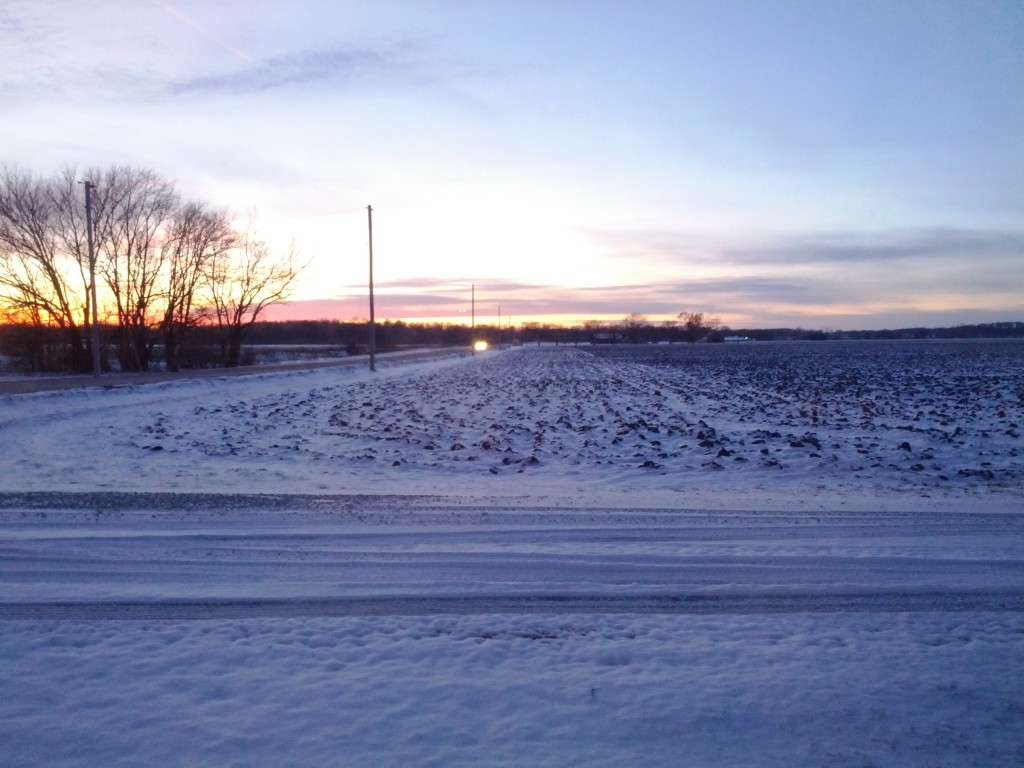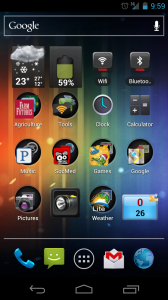Documentation sounds complicated, it sounds like more time and more work, and to many it sounds like a waste. But, documentation shouldn’t be a waste. It’s data, or information, that must meant something because you took the time to collect it accurately right?
Get Setup to do Documentation
I hope we’re all taking the time to do documentation as much as possible, especially if we already have the hardware to do so. Many times a producer using auto steer already has all the necessary to document the variety of the seed, chemical, or type of operation being done, such a form or tillage, with their existing equipment. Sometimes a producer might need to purchase an input device, such as a certain type of height switch, other times they can use a hydraulic remote for a recording source; or it could be as simple as pushing the record button on the screen. If you’re an operator with multiple monitors in a cab don’t forget that sometimes they can be hooked together for proper documentation too. Take a Raven SCS controller for example: many of these have serial ports that can be tied into other brand displays with an inexpensive cable and a little bit of setup. Many displays can document rates and sections for other controllers, and even send prescriptions in certain cases. It might take some time, help from others, and a small investment, but getting documentation going could be very powerful for your operation.
Store Your Documentation
Even if you don’t think you need it anymore, its important to hang onto documentation data. Get your data into farm management software on your computer and keep it. In an age where computer storage is virtually unlimited and cheaper than ever, using that delete key is rarely necessary. See my post on purchasing the right computer for your farm if you’re shy on storage for your needs.
The Future of Documentation
I think we’re only on the tip of the iceburg on the power of documentation. Acreage reporting using precision agriculture equipment is coming quickly, and I think we’ll see the day when it is required within a matter of years. It was very interesting to hear the progress that’s being made and how government agencies, such as the USDA, are working with the precision agriculture industry at the InfoAg conference last year. John Deere Crop Insurance is already offering their “Automated Crop Reporting” service, for example. No doubt, with technology on the increase, documentation via precision agriculture will become increasingly valuable.
Thanks for reading and be sure to share your thoughts in the comments! – Aaron







